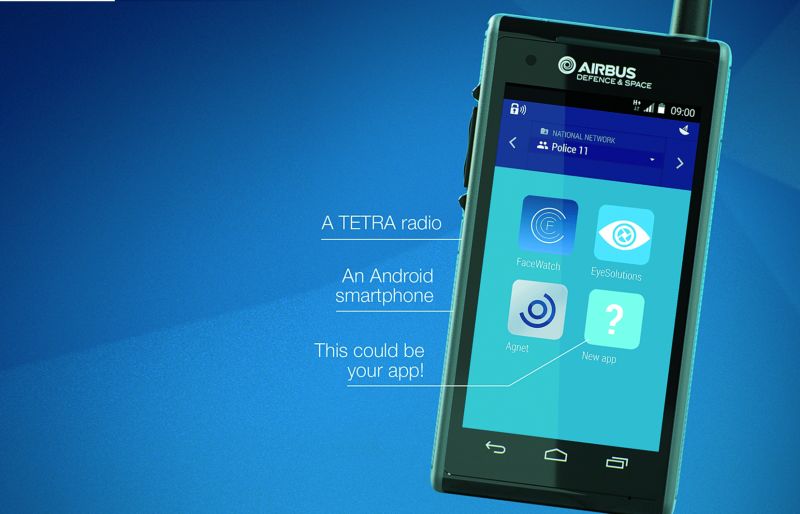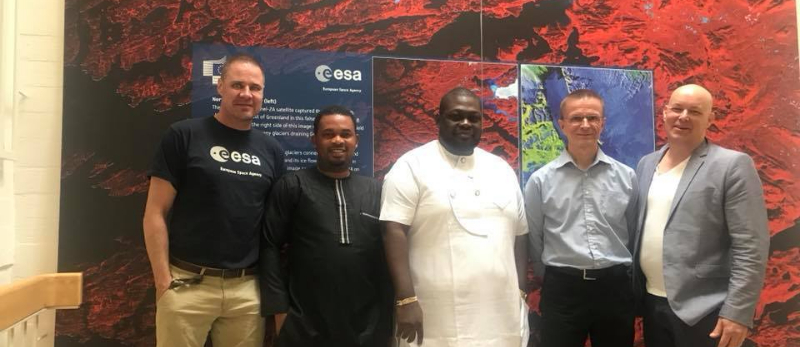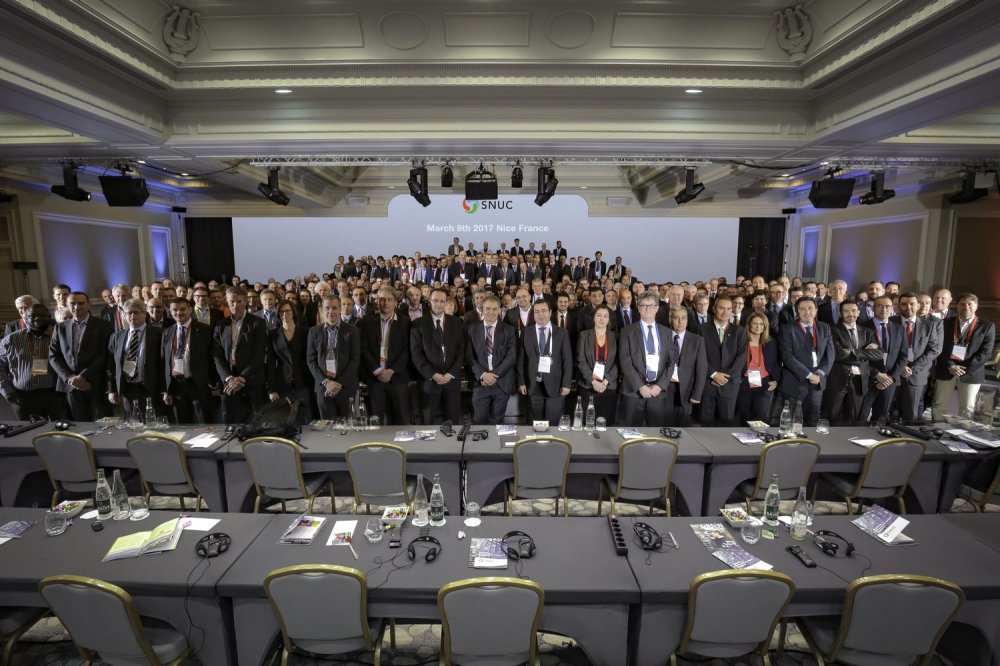Did you know that Airbus, the plane maker, also made mobile phones? If you did you are probably part of the security services. And if you are you really need to read my piece on trains. If not, then you need to understand why the copper on your street needs to be using a mobile phone built by a company which makes planes. The safety of the country probably relies upon this one phone.

The reason the Tactilon Dabat device made by Airbus is so important is that it’s the only sensible way to fudge the mess the procurement of a new phone system the government has got us into. It’s the only Dual-mode 4G and Tetra phone.
I first wrote about the impending problems of the new Emergency Services Network in early 2015. The plan then was to have a 4G system ready to take over from the bespoke Tetra system the policed used starting in April 2016. It was ambitious, given that the standards the system needed were years off being ratified and devices later still.
Today two years after the deadline the only network prepared to take the contract, BT (EE), has just started breaking ground on the first site of perhaps hundreds it needs to give something approaching the coverage it’s promised to make 4G as good as Tetra. No scrub that. To make coverage not as good as Tetra but better than the existing mobile network, which in turn is better than 4G.
The problem is that 4G will never be as good as the Tetra system it replaces. Those advocates of the ESN say it’ll be even better but they have a different definition of better. It will be better in that it will provide mobile data. It will allow control to see what is happening down on the ground through body-worn cameras, it will provide firemen with maps of the burning buildings they are about to enter and it will send back accurate positional data for a whole team in a dangerous situation. There is no denying this is “better” than TETRA. What it won’t do is give ubiquitous coverage. You might get all those great features, but not everywhere. TETRA only gives voice but it does so over the whole of the UK. In remote areas, inland waterways, down in the London underground, even some way out to sea.
It’s physics. TETRA uses 430MHz, this is a comparatively low frequency when compared with the 1900MHz, 2300MHZ and even the 3400MHz of 3G and 4G. And the lower the frequency, the further the radio waves travel. In towns and cities the problem with mobile phone coverage isn’t coverage, it’s capacity, providing enough radio waves for all the people in the city who want to use it. Short range radio is great because it keeps the signals within the small cells you have in cities.
In the country, you have a different problem. There are not enough people using the cells to justify the cost of building them, especially if you have to dig up miles of farmland to bury fibre optic cables.
So at the moment you can either have the Tetra system which gives coverage or a 4G one which gives 4G data. The Tactilon Dabat does both, and this is hugely important because so much of the functioning of airwave relies on the device. One aspect of this is push to talk. With Tetra there is instant communication with a group of people. With ESN this moves to a new 3GPP standard called MCPTT (mission critical push to talk). If the police move to 4G and the fire service are still on airwave it’s going to be necessary for people to carry two devices so that they can communicate in an emergency situation. Officially only one company (probably Motorola) as applied for certification on MCPTT but if it can be added to the Tactilon Dabat it makes for a very attractive plus.
Hytera makes the PTC760 which is both TETRA and LTE but it’s not an Android device like the Airbus unitHYTERA
The ESN is in such trouble the home office has leapt into action and announced three things. A new name, a three year delay and that it will be phased in gradually. Only the name change, doesn’t make the Tactilon Dabat more important. The name has changed from the Emergency Services Network (ESN) to the Emergency Services Communications Project.
The delay is a fudge. It’s said that new service will start to be deployed in 2022, a delay from 2019. The original date for first deployments was April 2016 which is when Airwave contracts were up for renewal. So already it’s slipped six years. You can probably factor in another four. The gradual implementation means that the time we’ll see the services using both Tetra and 4G will massively increase and that’s home territory for the Tactilon Dabat.
But for me, the most interesting thing is that it’s a smartphone which will work on the tube. The London Underground has a comprehensive Tetra network, it would be quite possible for TfL to launch it’s own mobile network off the back of the Tactilon Dabat, but that’s far too entrepreneurial for them.
I wrote my first published games review in 1978 and have been writing about technology ever since. I was the Editor of Personal Computer World in the late 1980s and founded What Mobile, the world’s first consumer magazine about telecoms. Published widely I was for some time …
Simon Rockman is the publisher of CW Journal read by the wireless and associated communities. He is also the founder of Fuss Free Phones, a mobile phone service for those who struggle with technology







Leave a Reply